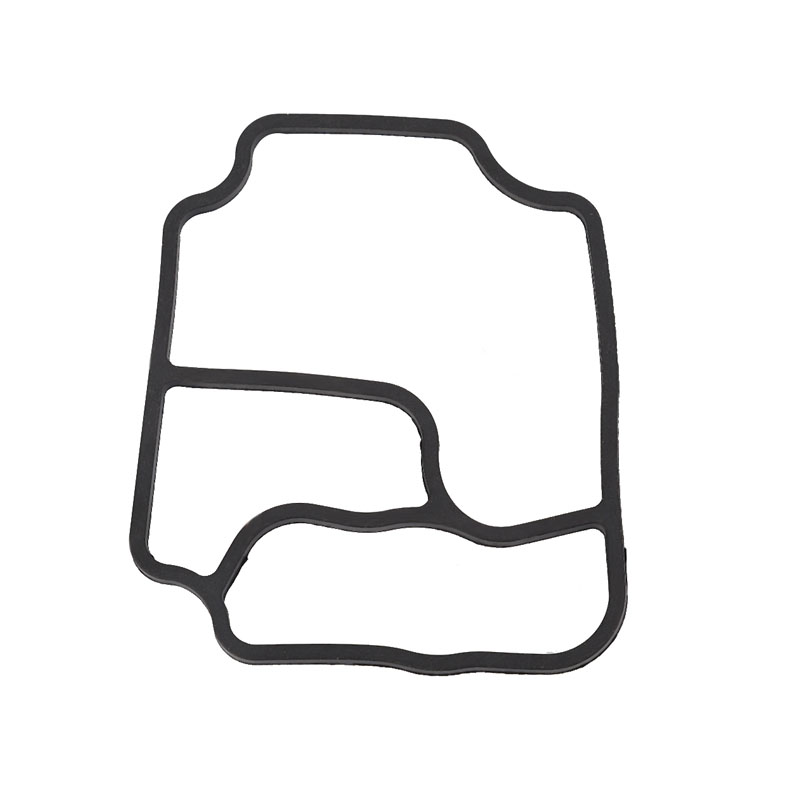transfer case input seal
Understanding Transfer Case Input Seal Importance and Functionality
The transfer case input seal is a critical component in four-wheel-drive (4WD) and all-wheel-drive (AWD) vehicles. It serves a significant purpose in maintaining the integrity and performance of the transfer case, which is responsible for distributing power between the front and rear axles. Proper understanding of the input seal’s role can help vehicle owners appreciate its importance and recognize the signs of potential failure.
What is a Transfer Case Input Seal?
The transfer case input seal is a specialized rubber or metal ring that is designed to keep fluids contained within the transfer case. It is situated at the point where the driveshaft connects to the transfer case. This seal prevents the transmission fluid or the specific transfer case fluid from leaking out, which is crucial for the system's functionality.
Functionality of the Input Seal
The primary function of the transfer case input seal is to provide a barrier that maintains the fluid levels required for optimal operation. This fluid lubricates the gears and bearings within the transfer case, reducing friction and wear. If the fluid levels drop due to a leak, it can lead to severe damage, increased wear and tear, and ultimately, the failure of the transfer case.
When a vehicle operates under various conditions—such as off-roading or inclement weather—the transfer case must work harder, making the integrity of the input seal even more crucial. A compromised seal can allow dirt, debris, and moisture to contaminate the fluid, further exacerbating wear on the internal components.
Signs of a Failing Input Seal
Recognizing the signs of a failing transfer case input seal is vital for vehicle maintenance
. Common indicators includetransfer case input seal

1. Fluid Leaks One of the most obvious signs is the presence of fluid pooling beneath the vehicle. Noticing reddish or brown fluid under the vehicle is a clear signal that there may be an issue with the input seal.
2. Strange Noises Unusual sounds, such as grinding or clunking, can indicate that the transfer case is not being properly lubricated, possibly due to low fluid levels from a failing seal.
3. Difficulty Engaging Gears If the vehicle seems to struggle when shifting into 4WD or AWD modes, it can be an indication of internal issues, potentially linked to a compromised input seal.
4. Warning Lights Sometimes, advanced vehicles may trigger dashboard warning lights related to the drivetrain. This can signal issues needing immediate attention.
Maintenance and Replacement
To prevent transfer case input seal failures, regular maintenance is essential. This includes routine fluid checks, ensuring that there are no leaks and that fluid levels remain adequate. When servicing the transfer case, it is advisable to inspect the input seal for any signs of wear or damage.
If a transfer case input seal is found to be leaking, timely replacement is crucial. Ignoring the issue can lead to more significant problems, such as complete transfer case failure, which can be far more costly to repair.
Conclusion
In summary, the transfer case input seal plays a fundamental role in the functionality and longevity of 4WD and AWD systems. By understanding its purpose, recognizing the signs of failure, and performing regular maintenance, vehicle owners can enhance their vehicle's performance and prevent costly repairs. Caring for this essential component ensures smooth operation, and enhances the driving experience across various terrains and conditions.
-
The Ultimate Guide to Boat Propeller Bearings and Trailer Wheel Bearings
News Jul.31,2025
-
The Essential Guide to Marine Bearings and Boat Trailer Wheel Bearings
News Jul.31,2025
-
The Complete Guide to Heavy Duty Seals: Protecting Doors and Spaces Efficiently
News Jul.31,2025
-
Essential Guide to Marine Shaft Bearings and Boat Trailer Axle Bearings
News Jul.31,2025
-
Comprehensive Guide to Marine and Trailer Bearings for Safe Boating and Transport
News Jul.31,2025
-
Comprehensive Guide to Automotive Oil Seals: Protecting Your Engine and Shafts
News Jul.31,2025
-
Understanding Automotive Oil Seals: Essential Components for Engine and Shaft Protection
News Jul.30,2025
Products categories















